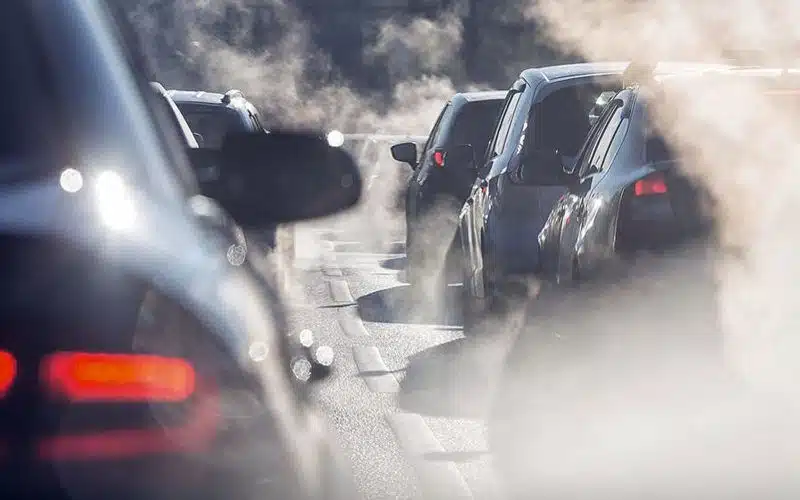Brussels – New Euro 7 standards, which actually remain Euro 6. The EU Parliament and Council reached a political agreement yesterday (Dec. 18) on new Euro 7 emission standards to reduce pollutant emissions and set battery life requirements for cars, vans, buses, and trucks.
First the member states in the Council, then the EU Parliament adopted their position by greatly watering down the initial ambition of the European Commission’s proposal, put forward by Brussels in November last year, proposing to make vehicle emissions tests more consistent with real-world driving conditions and to set limits on particulate emissions caused by brake and tire wear (which, according to Brussels, are about to become the main sources of particulate emissions from vehicles). The goal is to reduce nitrogen oxide (NOx) emissions from cars and light commercial vehicles by 35 percent by 2035 compared to the previous Euro 6 standard and 56 percent compared to Euro 4 standards for buses and trucks (registrations since 2004).
Euro 6 standards and longer times
In fact, the differences between the position of the EU Parliament and the one of the EU member states were minor, not substantial nor profound. In fact, an agreement was reached quickly (in just over a month from the start of the trialogue). The agreement reached maintains the current Euro 6 exhaust emission limits for cars and vans (as the member states demanded) while limiting the tightening to polluting particles derived from batteries and tires: the emission of solid particles with a diameter from 10 nm (PN10) upwards is restricted, instead of 23 nm as in Euro 6.
The timeframe is also lengthened in the final compromise, with different application dates after the regulation comes into force: 30 months for new types of cars and vans and 42 months for new ones; 48 months for new types of buses, trucks, and trailers and 60 months for new ones; 30 months for new systems, components, or independent technical entities to be mounted on cars and vans and 48 months for those to be mounted on buses, trucks, and trailers.
In the case of buses and heavy-duty trucks, the agreement reached today sets stricter limits for various pollutants, including those that were not regulated in Euro 6, such as nitrous oxide. The compromise text agreed to by the co-legislators includes, for cars and vans, a specific limit of 3 mg/km in the standard driving cycle for purely electric vehicles and 7 mg/km for all other powertrains. Specific limits for heavy vans are included in the agreement, namely 5 mg/km for purely electric vehicles and 11 mg/km for other powertrains.
The policy agreement will now have to be adopted by both institutions separately before it comes into force. “With Euro 7 we aim to reduce emissions from road vehicles, not only from exhausts, but also from brakes or tires. At the same time, we aim to help our industry take the big step toward near-zero emission vehicles by 2035,” comments Jordi Hereu i Boher, Spanish minister of industry and tourism on behalf of the EU Council.
Criticism in Brussels
As is often the case when it comes to the Green Deal, the commission’s proposal has received criticism from environmentalists of being unambitious, just as it has been accused of being far too ambitious by the auto industry and a small group of member states but of the political clout of Germany and Italy, who in recent months have teamed up to raise their voices against the proposal and put off its legislative work, or at least water down its goals. Criticism in Brussels focuses on the high costs of the transition for industries and, consequently, consumers as well. Excessive and unjustifiable costs, according to detractors, since over the next twelve years industry will be busy financing the transition to electric cars or cars without an internal combustion engine.
Italy rejoices at the watering down of the final compromise. “At last the common-sense front is consolidated and reason prevails over ideology. A real breakthrough for European industrial policy that represents a success for our country,” said Minister of Enterprise and Made in Italy, Adolfo Urso. “For cars and vans, negotiators agreed to maintain the current Euro 6 test conditions and limits on exhaust emissions: a decisive step to safeguard the automotive supply chain, one of the pillars of Made in Italy. We are finally on the right track to combine sustainability goals with the needs of the production fabric and the social system,” he concluded.
English version by the Translation Service of Withub







